Occupational Safety Training for Working in a Coal-Fired Power Factory
99,000 ₫
Note: The above price is calculated for one person, and the price may fluctuate depending on the number of learners participating in the course and market movements. For more accurate pricing support, please refer to the price list or contact our consulting staff directly.
Occupational safety is an important issue in coal-fired power factories and needs to be addressed promptly to ensure the health and safety of workers and enhance the reputation of enterprises at this location. The Occupational Safety Training course is one of the effective solutions to raise awareness on how to prevent workplace accidents for workers in coal-fired power factories.
Table of Contents
Toggle1. Overview of Coal-Fired Power Factories
a. What is a coal-fired power factory?
A coal-fired power factory is a type of factory that generates electricity by using coal as the main fuel. The typical operation process of a coal-fired power factory includes the following steps:
- Coal mining: Coal is extracted from coal mines and then transported to the factory.
- Coal processing: Coal often undergoes processing steps to remove impurities and increase combustion efficiency. Processing steps may include crushing, screening, and chemical treatment.
- Coal combustion: Coal is burned in a furnace to generate heat. The heat from coal combustion is used to heat water into steam.
- Steam generation: Heat from coal combustion is transferred to water in a boiler, creating steam.
- Steam transport: The steam generated is transported to the turbines.
- Turbine operation: Steam is used to rotate the turbine blades, creating motion and generating electricity.
- Electricity generation: The motion from the turbine is connected to a generator, producing electrical energy.
Coal-fired power factories have been widely used worldwide as a major source of electricity. However, due to their negative impact on the environment and human health, cleaner and renewable energy sources, such as solar and wind energy, are being encouraged to replace coal-fired power factories.

b. Coal-fired power factories in Vietnam
In Vietnam, several coal-fired power factories have been and are currently operating. Here are some examples:
- Vinh Tan Factory: Located in Tuy Phong District, Binh Thuan Province. This is one of the largest coal-fired power factories in Vietnam, including units Vinh Tan 1, Vinh Tan 2, Vinh Tan 4, and Vinh Tan 4 expansion. The total capacity of the entire factory is about 6,224 MW.
- Mong Duong Factory: Located in Cam Pha District, Quang Ninh Province. This is one of the largest coal-fired power factories in Vietnam, with a capacity of approximately 1,200 MW. This factory uses imported coal for electricity production.
- Cam Pha Factory: Located in Cam Pha District, Quang Ninh Province. This is a relatively large coal-fired power factory, with a capacity of about 660 MW.
- Thai Binh Factory: Located in Hung Ha Commune, Thai Binh Province. This is an important coal-fired power factory in Vietnam, with a capacity of approximately 600 MW.
Please note that this information is based on my knowledge up to 2021 and may change regarding energy projects in Vietnam in the future.

2. Overview of safety training at coal-fired power factories
a. What is occupational safety training?
- Occupational safety training is an intensive training course on workplace safety for people working in industries, construction, manufacturing, and other high-risk professions. This training is organized by Nam Viet’s occupational safety training centers at coal-fired power factories.
- During this course, trainees are provided with the knowledge and skills necessary to ensure their own safety and that of their colleagues at work. Topics include legal regulations on occupational safety, identifying and assessing potential hazards, methods for inspecting and maintaining safety equipment, first aid skills, and emergency response.
- For businesses, providing occupational safety training to employees not only enhances their capacity and efficiency but also ensures compliance with occupational safety regulations and reduces the risk of workplace accidents during production and business activities.
REGISTER FOR OCCUPATIONAL SAFETY TRAINING SERVICE
b. Training duration
Occupational safety training duration depends on many factors such as the type of work or industry. However, the exact total training duration for each group is specified in Article 19 of Decree 44/2016/ND-CP
- Group 1: 16 hours
- Group 2: 48 hours
- Group 3: 24 hours
- Group 4: 16 hours
- Group 5: 16 hours
- Group 6: 4 hours
c. Training content
Occupational safety training content includes knowledge and skills necessary to minimize workplace accidents, ensuring safety for employees and protecting company assets. Specifically, safety training may cover:
- Knowledge of labor safety laws and regulations of the state and the enterprise.
- Knowledge about hazards and types of workplace accidents.
- Skills and methods for using personal protective equipment and common safety equipment.
- Methods to reduce risks and ensure safety during work.
- Handling emergency situations and organizing rescue operations during workplace accidents.
- Knowledge on workplace environmental protection.
The content can also be adjusted according to specific industries and working conditions.
d. Occupational safety training certificate
Occupational safety and hygiene training certificate
- The certificate template is described in Form 08, Appendix II of Decree 44/2016/ND-CP and is issued for Groups 1, 2, 5, and 6.
- The certificate measures 13 cm x 19 cm, with a sky-blue front cover.

- The content on the front of the certificate is shown as above.
- The inner side has a white background and is displayed as below.

- The safety card template is described in detail in Form 06, Appendix II of Decree 44/2016/ND-CP
- Workers in Group 3 are issued an occupational safety card (commonly called a Group 3 occupational safety certificate).
- The card measures 60 mm x 90 mm, with front and back content displayed as below.

Employers may issue a Group 3 safety card to the trained worker after the worker passes the assessment and has a labor contract between both parties.
- Training record books for Groups 1, 2, 5, and 6 are detailed in Form 09, Appendix II of Decree 44/2016/ND-CP.
- Training record books for Group 3 are detailed in Form 10, Appendix II of Decree 44/2016/ND-CP.
- Training record books for Group 4 are detailed in Form 11, Appendix II of Decree 44/2016/ND-CP.
- Group 4 is only issued a record book and not a Group 4 safety certificate.
- The content in the Group 4 record book is displayed below.

3. Employment issues at coal-fired power factories
Coal-fired power factories can create a variety of jobs for local communities. Here are some employment-related issues:
- Coal miners: These workers are involved in coal extraction from mines. Their work includes operating mining equipment safely and efficiently.
- Operations technicians: These technicians work in the factory control room, monitoring and operating systems and equipment such as furnaces, turbines, and control systems.
- Maintenance engineers and technicians: These specialists are responsible for maintaining and repairing factory equipment and systems, ensuring stable operations and minimizing downtime.
- Safety and environmental staff: These employees ensure the factory complies with safety and environmental regulations, including monitoring processes, training staff, and handling environmental issues.
- Management and administrative staff: These are office employees responsible for finance, human resources, contracts, and other administrative tasks within the factory.
These jobs provide employment opportunities for many people, but it should be noted that the coal industry faces challenges related to the environment and clean energy. Therefore, the development of renewable and clean energy sources may affect the number and sustainability of jobs in the coal power sector.

4. Main causes of occupational accidents in industrial zones
The main causes of occupational accidents in industrial zones include:
- Failure to meet occupational safety standards: Some industrial zones do not meet occupational safety standards or lack sufficient personal protective equipment for workers.
- Insufficient training for employees: Some workers are not adequately trained in safety procedures and do not know how to use personal protective equipment.
- Lack of safety equipment: Some industrial zones lack safety equipment such as ladders, handrails, emergency exits, fire systems, etc.
- Lack of supervision: Some industrial zones do not have a safety monitoring team, or supervision is insufficient and irregular.
- Excessive working hours: Some workers work too long or do not have adequate rest, leading to fatigue and mistakes.
- Non-compliance with safety regulations: Some workers do not follow safety rules or fail to wear proper protective equipment, leading to accidents.

5. Measures to control occupational accidents in coal-fired power factories
To control occupational accidents in coal-fired power factories, safety measures and risk management must be applied. Key measures include:
- Ensure compliance with safety regulations: Coal-fired power factories must comply with national and international safety standards, ensuring employees work in a safe environment.
- Training and education: Provide occupational safety training and education to all employees, including safe work procedures, use of personal protective equipment, risk handling, and accident prevention.
- Equipment inspection and maintenance: Regularly inspect and maintain equipment to ensure proper and safe operation. This applies to coal mining equipment, furnaces, turbines, and electrical systems.
- Use personal protective equipment: Ensure all employees are provided with and use personal protective equipment such as helmets, safety glasses, gloves, and safety shoes.
- Risk management: Assess and manage potential risks during production and operation by applying safety procedures, close supervision, and staff training.
- Suggestions and feedback: Encourage employees to propose safety improvements, report incidents, or potential hazards. Build a feedback system to handle issues quickly and effectively.
- Periodically conduct occupational environmental monitoring in the factory, collect and analyze harmful factors affecting workers, and adjust to reduce risks to prevent occupational diseases.
6. Benefits of Occupational Safety Training
An Toan Nam Viet provides your enterprise with the following excellent benefits after completing occupational safety training courses in accordance with Decree 44/2016/ND – CP on occupational safety and hygiene for companies, factories, and enterprises.
- Employees can identify potential workplace accident risks and take preventive measures to avoid accidents.
- Your enterprise can establish risk prevention measures in production, operation, and maintenance processes.
- Minimizes costs associated with workplace safety hazards.
- Uninterrupted production processes help increase labor productivity and product quality.
- Ensures compliance with occupational safety laws, avoiding legal risks.
- Builds reputation and professionalism in all aspects, thereby enhancing your enterprise’s brand value.
Nam Viet’s training courses are a solution to prevent and protect individuals from external hazards that could lead to injuries or, in severe cases, fatalities.
REGISTER FOR OCCUPATIONAL SAFETY TRAINING SERVICE
7. Customer Feedback After Completing Training Courses
An Toan Nam Viet has many years of experience accompanying enterprises in Vietnam in general and in the southern provinces in particular. This responsibility is extremely valuable to Nam Viet, which is why our Occupational Safety Training is increasingly professional. Our growth is driven by positive feedback and suggestions from enterprises. Below are some testimonials from our partners.
Hoa Dat Construction and Trading Joint Stock Company
“Nam Viet’s service has greatly helped us simplify occupational safety and complete safety documentation for our operations. The consulting team responded promptly to our questions. Five stars for Nam Viet.”
See more customer interviews after using the service from An Toan Nam Viet
8. Occupational Safety Training Capability of An Toan Nam Viet
An Toan Nam Viet is a reputable and high-quality occupational safety training center in Vietnam. Training sessions are continuously conducted at manufacturing workshops, factories, or construction sites nationwide (63 provinces in Vietnam).
REGISTER FOR OCCUPATIONAL SAFETY TRAINING SERVICE
Occupational Safety Training License
- An Toan Nam Viet has been inspected and certified by the Department of Safety under the Ministry of Labor – Invalids and Social Affairs, confirming eligibility to conduct occupational safety and hygiene training. This further strengthens our training capabilities.

Training Materials and Lectures
- Before being included in occupational safety training courses, materials are reviewed to ensure accuracy and effectiveness.
- Teaching methods are standardized according to An Toan Nam Viet standards, developed by occupational safety experts to maximize knowledge retention for learners.
Facilities
- Controlling classroom factors affecting training improves teaching efficiency and learner knowledge absorption.
- Our training facilities provide spacious classrooms that meet standards for area, lighting, and training equipment.
9. Nationally Reputable Safety Training Center
At An Toan Nam Viet, we prioritize occupational safety training. Teaching workers how to protect themselves equips them with safety knowledge essential for their livelihood and contributes to nation-building.
To ensure effective training, we meticulously prepare every detail, including tools, teaching equipment, curriculum, documents, sound, and lighting.
Our instructors are experts with years of experience and research in identifying hazards across various industries and preventive measures.
Lectures are based on practical experience and delivered in a clear and engaging way, making it easy for workers to understand and absorb. All content strictly follows Decree 44/2016/ND-CP.
Workers learn various hazard prevention methods and self-protection techniques that can be applied effectively in real work situations.
Our safety training center proudly provides reputable and professional occupational safety training services with the following advantages:
- Competitive training costs while maintaining quality.
- Flexible training schedules adapted to company production.
- Fast and compliant certification procedures for occupational safety training.
- Experienced instructors with many years of expertise.
- Classrooms controlled to optimize teaching efficiency and learner knowledge retention.
- Lectures tailored to the occupational safety needs of enterprises.
- An Toan Nam Viet works professionally and attentively to provide accurate and fast support to clients.

10. Additional Occupational Safety Training References
- Occupational Safety Training Materials
- Occupational Safety Training Test Set
- Occupational Safety Multiple-Choice Test for Work in Thermal Power Plants
- Occupational Safety Training Slides for Work in Thermal Power Plants
1 review for Occupational Safety Training for Working in a Coal-Fired Power Factory
No comments yet

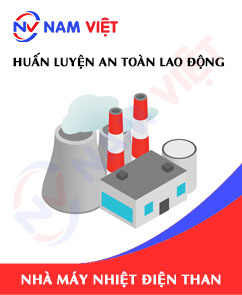
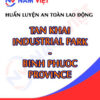
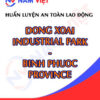



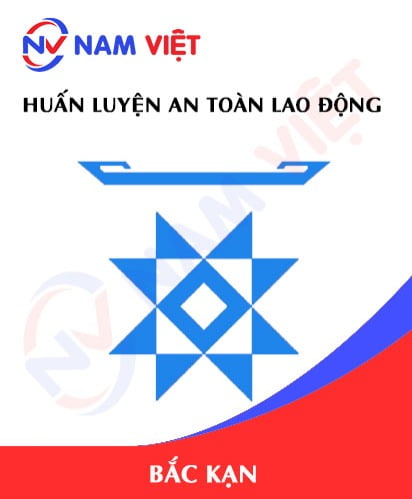
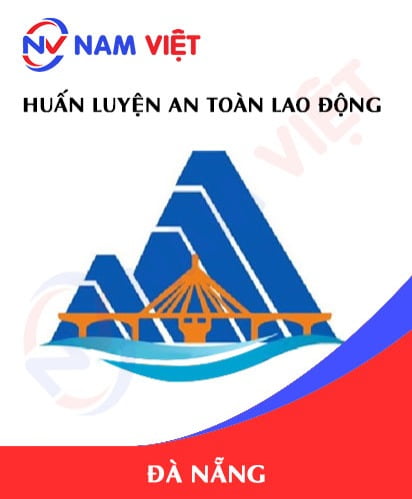
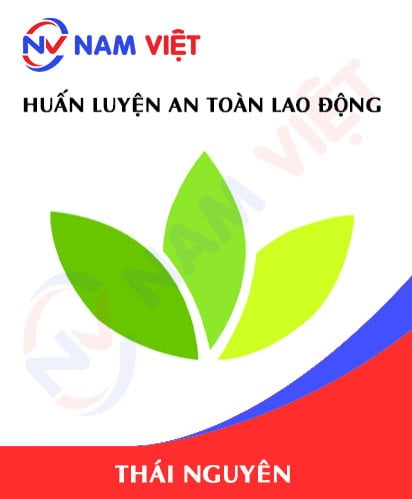
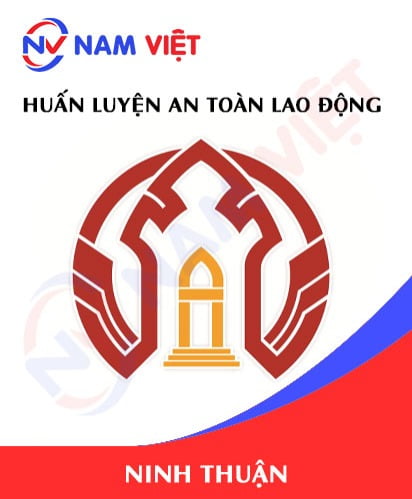
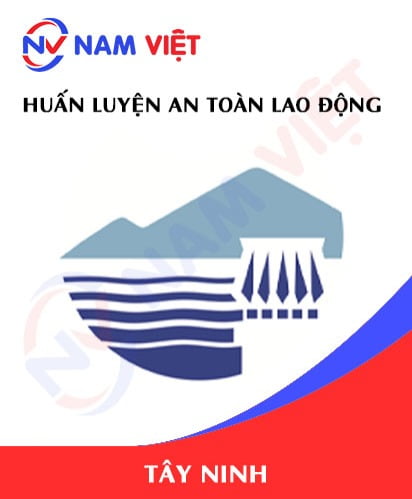
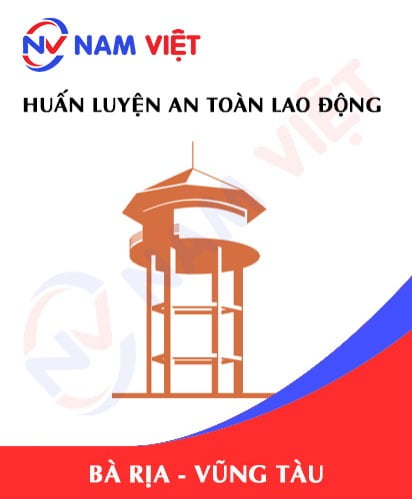
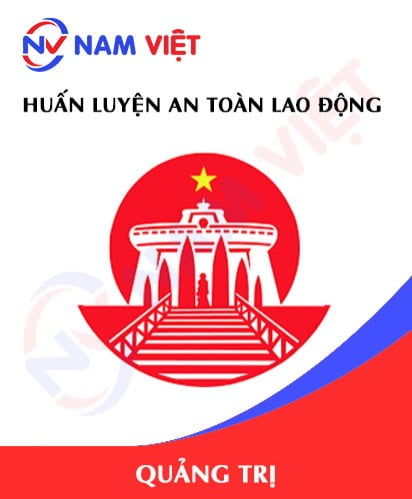
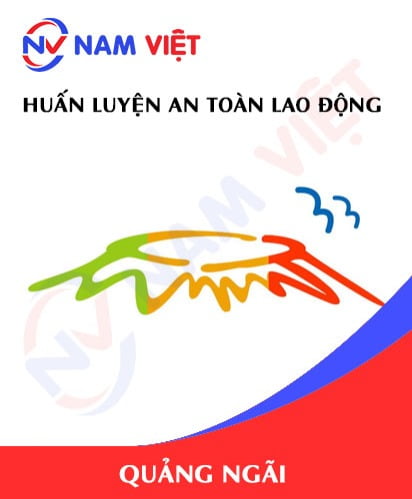
caotiensyhung.07081999
Dịch vụ tốt lắm nhé!